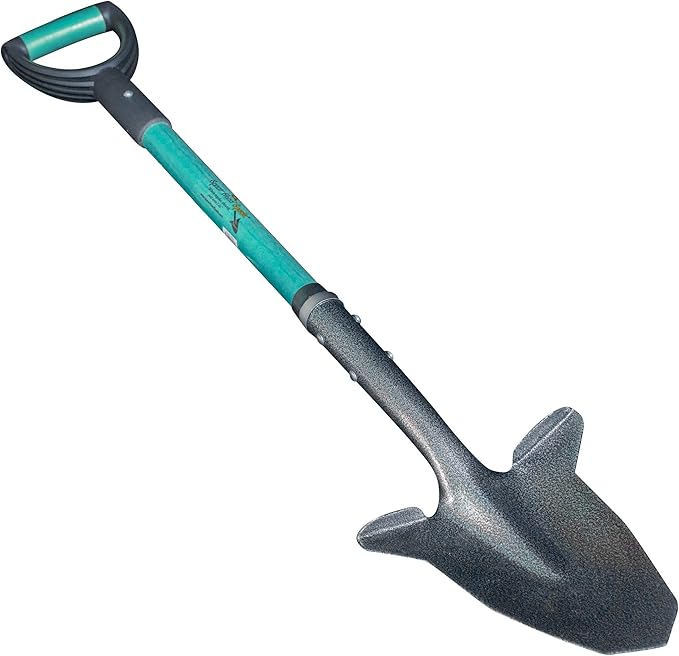
Peppers are native to the tropics, which explains why they thrive in warm weather. As tempting as it is to get a jump-start on the gardening season, do not plant your peppers when it is still cool outdoors. And keep in mind that while their heat flavor largely depends on genetics, their growing conditions are also a factor. Research shows that a less-than-ideal environment will impact a pepper’s heat. So providing optimal, stress-free growing conditions is important. See favorite hot pepper varieties.
Plant in full sun
Pepper plants need at least 8 hours of sun per day and do best in well-drained soil with a pH range around 5.5 to 7. When planting out new seedlings or plants, make sure they are hardened off first.
Water regularly
Plants require approximately 1 inch of water a week and do best in soil that is rich in organic matter. If the soil is properly amended, you shouldn’t need to use synthetic fertilizers.

Provide support
To keep plants upright, especially when they are loaded with fruit, stake them. You can do so in any number of ways, such as using tomato cages or wooden stakes, or even planting near trellises. Just be sure to get your staking in place at planting time, as it is difficult to do so when plants are mature.
Remove the flowers
For higher yields, pinch off any blossoms until the plant has matured. Hot peppers get hotter the longer they are left on the plant, but you can harvest and use them when they are green. Most peppers change color as they mature, which is an indicator that they are fully ripe.
Keegan Clifford is a lifelong vegetable gardener who grows beautiful produce in his garden in Middletown, Maryland.
Fine Gardening Recommended Products

A.M. Leonard Deluxe Soil Knife & Leather Sheath Combo
Fine Gardening receives a commission for items purchased through links on this site, including Amazon Associates and other affiliate advertising programs.

Spearhead Shade Gardening Shovel with Steel-Reinforced Fiberglass Handle
Fine Gardening receives a commission for items purchased through links on this site, including Amazon Associates and other affiliate advertising programs.

Gardener's Log Book from NYBG
Fine Gardening receives a commission for items purchased through links on this site, including Amazon Associates and other affiliate advertising programs.



















Comments
Log in or create an account to post a comment.
Sign up Log in